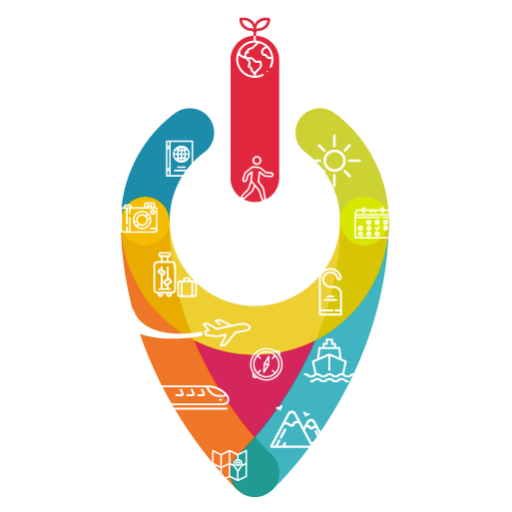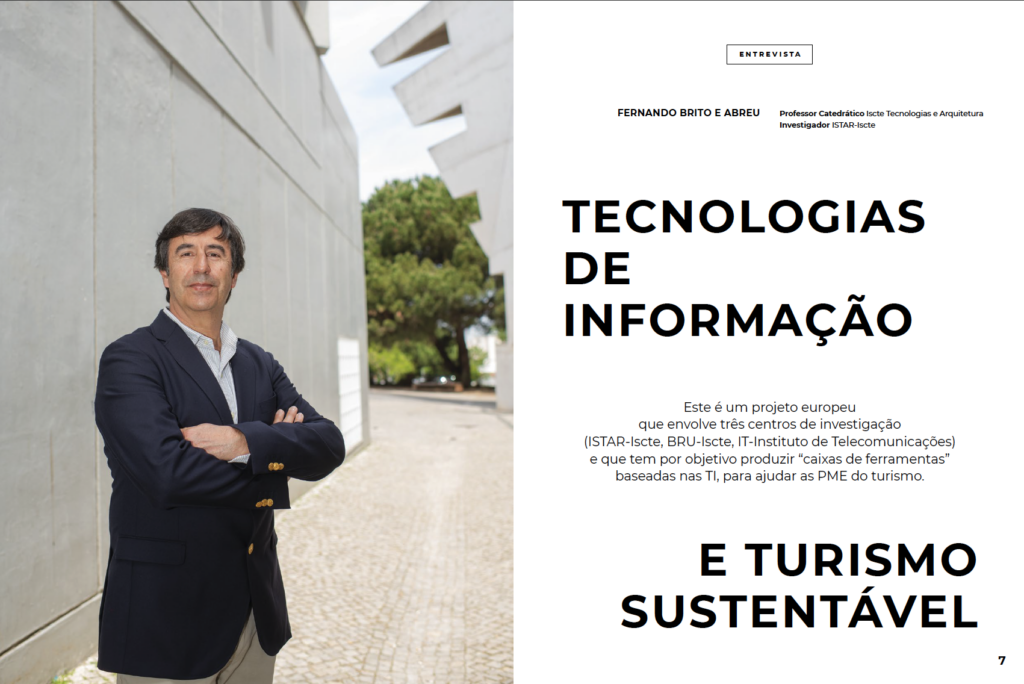The RESETTING project tools and applications: forecasting of tourism crowds, virtual and augmented reality in historical visitation sites, and advanced unmanned aerial vehicles to visit rural and inaccessible sites.
In the context of the tools and applications being developed by the RESETTING consortium to aid small and medium enterprises operating in the tourism sector (SMEs), we keep exploring the tools being developed by the RESETTING partner https://www.linkedin.com/school/iscte/.
This week we will showcase three tools currently being developed.
The first is related to the detection, visualisation retrospective analysis and forecasting of tourism crowds, a well-known problem in Lisbon that occurs when the carrying capacity of destinations exceeded, in order to implement mitigation strategies, such as the dosage of visitation, or the suggestion of less problematic routes and schedules.
At the base of this tool lies a detector that, based on Wi-Fi and Bluetooth technologies used by mobile phones, allows us to estimate the number of people in their vicinity. Prototypes of these detectors have been being tested in various locations on our campus and we will soon be installing them at critical points of the iconic Pena Palace park, thanks to a partnership with Parques de Sintra.
The second tool uses augmented reality (AR) and virtual reality (VR) in historical visitation sites, to recreate a visitation experience closer to the original one. The prototype under construction will be validated at the Palace of Monserrate, also in collaboration with Parques de Sintra.
The aim here will be to recreate, using with AR/RV, a visit during the opulent phase of palace life
in the transition from the 19th to the century, when the English Cook family resided there.
The palace building has recently been restored, but its furnishings have been almost entirely lost
in time. The recreation will be achieved by superimposing two-dimensional photographs from the period with the three-dimensional images currently captured on site. Virtual three-dimensional replicas will also be created virtual replicas of several real objects that appear in the in the old photographs.
The third tool will combine unmanned aerial vehicles, commonly known as drones, with 5G mobile communication that allows the transmission of high-definition video. The goal is to allow visits to places that could result inaccessible, either due the physical limitations of the visitors themselves (promoting a more inclusive tourism) or the inaccessibility of the place itself, and even to promote the environmental sustainability of protected destinations.
The aim is for visitors to be able to select and remotely control more than one camera on the drone and interact with its pilot and other participants in the visit, resulting in a more realistic experience. The validation tests will take place in collaboration with a science tourism company.
Keep following the RESETTING project at: https://www.resetting.eu/.
Our third and last open call for small and medium enterprises operating in the tourism business is currently ongoing and you can apply at this link: https://www.resetting.eu/opencall/.

